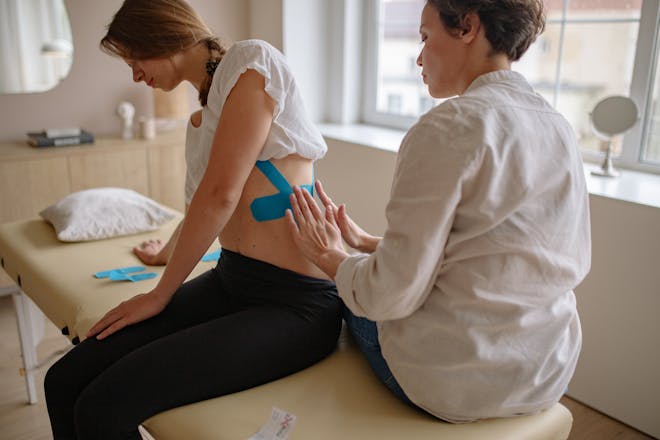Reverse Searing Prime Rib: A Culinary Guide to Perfection
When it comes to preparing a prime rib, the technique of reverse searing is unparalleled in yielding a perfectly cooked, tender, and juicy roast. This culinary method flips the traditional searing approach on its head, starting with a low-temperature cook followed by a high-heat finish. In this guide, we delve into the nuances of reverse searing prime rib to help you achieve delectable results every time.
Understanding the Reverse Sear Method
Reverse searing is a two-stage roasting process that begins with slowly cooking the prime rib at a low temperature. This approach allows the meat to cook evenly, reducing the risk of overcooking the exterior while waiting for the interior to reach the desired doneness. Once the prime rib nears the perfect internal temperature, it’s seared at a high heat, creating a delicious, caramelized crust.
Selecting Your Prime Rib
The foundation of a great reverse seared prime rib is the quality of the meat. Opt for a well-marbled prime rib, as the fat content is key to flavor and tenderness. It’s best to choose a cut that is uniformly thick to ensure even cooking.
Preparing Your Prime Rib for Reverse Searing
Before cooking, bring your prime rib to room temperature, which can take several hours depending on the size of the roast. Season it generously with salt and your choice of herbs and spices. This not only adds flavor but also assists in forming the crust during the searing phase.
The Low-Temperature Roasting Phase
Preheat your oven to a low temperature, typically around 225°F (107°C). Place the seasoned prime rib on a rack in a roasting pan to allow for air circulation. Insert a meat thermometer into the thickest part of the roast, making sure it doesn’t touch bone or fat. Cook the prime rib until it’s about 10-15 degrees below your target doneness temperature.
Monitoring the Temperature
Keeping a close eye on the internal temperature is critical. For medium-rare, aim for a final temperature of 130-135°F (54-57°C), which means removing the roast from the oven at around 115-120°F (46-49°C). Adjust accordingly for your preferred level of doneness.
Finishing with a High-Heat Sear
Once your prime rib is nearly at the desired temperature, remove it from the oven and tent it with foil to rest. During this time, crank your oven up to the highest setting, usually between 500-550°F (260-288°C), or prepare a grill for high-heat cooking. After the roast has rested for about 15-20 minutes, place it back in the oven or on the grill to sear until a golden-brown crust forms, typically 6-10 minutes.
Serving Your Reverse Seared Prime Rib
After searing, let your prime rib rest again for at least 10 minutes before slicing. This allows the juices to redistribute, ensuring a moist and succulent cut. Carve your reverse seared prime rib against the grain and serve immediately to savor its full flavor and tenderness.
Let this comprehensive guide to reverse searing prime rib elevate your next special occasion or family dinner. With patience and attention to detail, you will master this technique, producing a roast that’s nothing short of extraordinary.
